Home>Interior Design>How To Style A Small Living Room: 8 Tips From The Best Designers
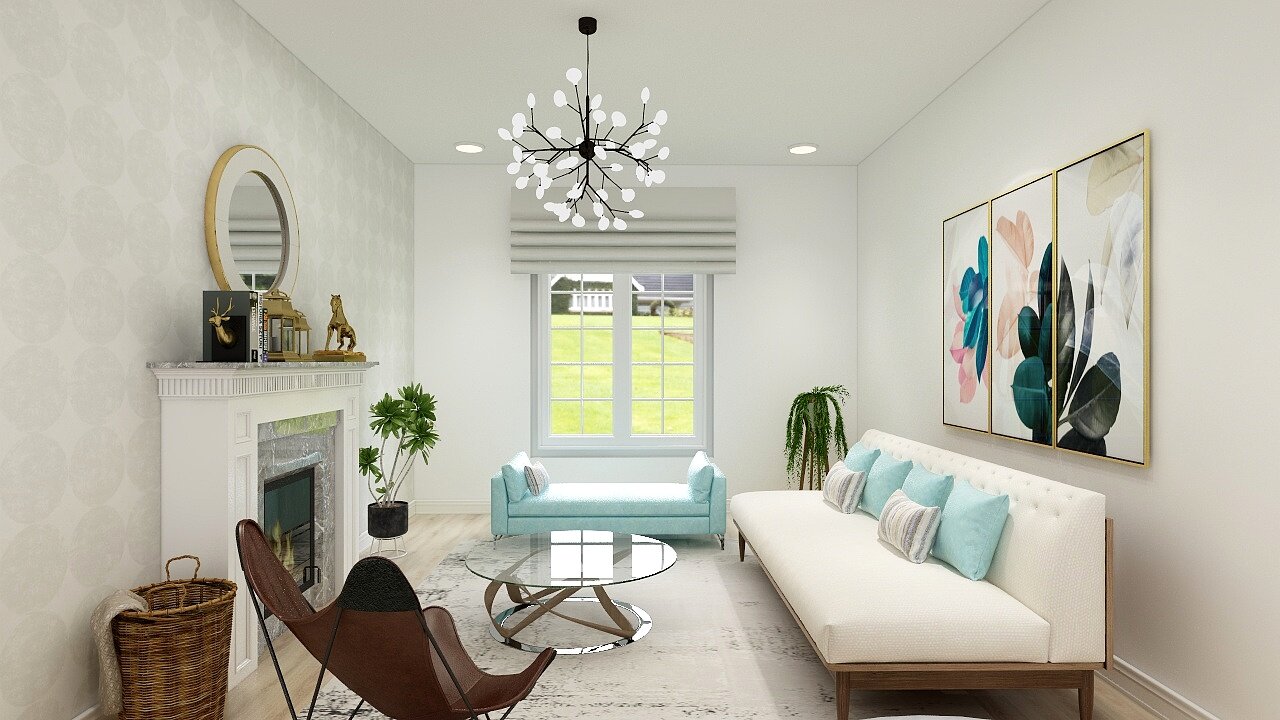

Interior Design
How To Style A Small Living Room: 8 Tips From The Best Designers
Modified: January 23, 2024
Get expert tips from the best interior designers on how to style a small living room. Discover 8 practical tips to transform your space and create a stylish and functional interior design.
(Many of the links in this article redirect to a specific reviewed product. Your purchase of these products through affiliate links helps to generate commission for Storables.com, at no extra cost. Learn more)
Introduction
Welcome to our guide on how to style a small living room. Designing a small living room can be a challenging task, as you need to make the most of the limited space while still maintaining a stylish and comfortable ambiance. But fear not, because with the right tips and tricks, you can transform your compact space into a functional and visually stunning room that feels much larger than it actually is.
When it comes to small living room design, it’s important to remember that less is often more. By employing smart design strategies, you can create an inviting and cozy atmosphere that maximizes both style and functionality. In this article, we will share eight expert tips from interior designers that will help you make the most of your small living room. So, whether you’re living in an apartment or simply have a compact living area in your house, these tips will guide you in transforming your space into a beautiful haven.
Key Takeaways:
- Embrace light colors, multifunctional furniture, and vertical space to maximize functionality and create an airy, inviting small living room that feels larger than it is.
- Incorporate mirrors strategically, create a captivating focal point, and declutter effectively to design a visually pleasing and versatile small living room that reflects your personal style.
Read more: How To Style Carpeted Living Room
Tip 1: Use Light Colors
When it comes to styling a small living room, one of the most effective strategies is to use light colors on the walls, ceiling, and floor. Light colors such as whites, creams, pastels, and neutrals have the power to make a room appear larger and more spacious. They reflect natural light and create an airy and open feel.
Opting for a light color palette doesn’t mean you have to settle for a bland and boring living room. You can add pops of color through accessories such as throw pillows, rugs, and artwork. These accents will provide visual interest and personality without overwhelming the space.
Another way to incorporate light colors is by choosing furniture in light hues. Light-colored sofas or chairs can create a sense of openness and brightness, making the room feel more expansive. Additionally, consider using sheer curtains or blinds that allow natural light to flow freely into the room while still maintaining privacy.
Remember, light colors have the power to visually enlarge a space, so embrace them when styling your small living room. Create a harmonious and airy atmosphere that will make your space feel inviting and comfortable.
Tip 2: Choose the Right Furniture
When dealing with a small living room, it’s essential to carefully select the right furniture to optimize both space and functionality. Before shopping for furniture, take accurate measurements of your living room to ensure that the pieces you choose will fit appropriately.
Consider opting for furniture with a smaller footprint. Look for streamlined and compact designs that won’t overpower the room. Choose sofas and chairs with slender arms and legs, as they create a more open and airy appearance. Avoid bulky furniture that can make the room feel cramped and congested.
In addition to size, think about the functionality of the furniture. Look for pieces that serve multiple purposes and provide storage solutions. For example, consider a coffee table with built-in storage or an ottoman that can be used for both seating and storage. This way, you can maximize the usefulness of each item and minimize clutter in your small living room.
Utilizing vertical space is also crucial when selecting furniture. Look for shelving or entertainment units that can be mounted on the wall to free up floor space. Vertical storage not only provides you with additional storage options but also draws the eyes upward, creating the illusion of a larger room.
Lastly, consider furniture with reflective surfaces such as glass or mirrored finishes. These materials can help bounce light around the room, making it appear brighter and more spacious.
By choosing the right furniture that is proportionate to your space and serves multiple purposes, you can maximize functionality without compromising on style in your small living room.
Tip 3: Utilize Vertical Space
When you have limited floor space in your small living room, it’s essential to think vertically and make the most of your walls. By utilizing vertical space, you can maximize storage and display areas without encroaching on precious floor space.
One of the most effective ways to utilize vertical space is by installing tall shelves or bookcases. These vertical storage solutions not only provide ample room for books and decorative items but also draw the eyes upward, creating the illusion of a taller and more spacious room. Be sure to arrange items on these shelves in an organized and visually pleasing manner to enhance the overall aesthetic of the room.
Another way to maximize vertical space is by incorporating wall-mounted storage units. These units can hold various items like TVs, media consoles, or even floating shelves for displaying decorative accents. By keeping these items off the floor, you free up valuable space and create a more open and airy feel.
Additionally, consider using vertical organizers or hooks on your walls to keep smaller items such as keys, hats, or bags neatly organized. These practical accessories not only serve a functional purpose but also help keep your living room clutter-free.
Don’t forget that vertical space can also be utilized for artwork and mirrors. Hanging artwork or mirrors higher up on the walls can draw attention upwards and make the room feel more expansive. Mirrors, in particular, have the added benefit of reflecting light and creating the illusion of larger space.
By thinking vertically and optimizing your wall space, you can create a visually appealing and functional small living room that utilizes every inch of available space.
Tip 4: Maximize Natural Light
Natural light is your best friend when it comes to making a small living room appear more spacious and inviting. It has the power to open up the space and create a bright and airy atmosphere. Therefore, it’s essential to maximize the amount of natural light that enters your room.
Start by keeping your windows clear of any obstructions. Avoid heavy curtains or blinds that block the light from entering the room. Instead, opt for sheer curtains or light-colored blinds that allow sunlight to filter through while still providing privacy.
Additionally, make sure to keep your windows clean and unobstructed. Dust and grime on the windows can reduce the amount of light that enters the room, so regular cleaning is essential. If you have large windows, consider using window treatments that don’t block the view, such as transparent or translucent materials.
If your living room doesn’t have access to natural light or has limited windows, you can still create the illusion of natural light. Strategically placed mirrors can help reflect existing light sources and make the room appear brighter. Hang a large mirror directly across from the windows to maximize the reflection of light. You can also use mirrored furniture or accessories to further enhance the effect.
Another way to maximize natural light is by using light-colored and reflective surfaces in your living room. Opt for light-colored paint on the walls and ceiling to bounce and amplify the light. Choose glossy or satin finishes for furniture or accents as they reflect light more effectively than matte finishes.
By maximizing natural light in your small living room, you can create a bright and airy space that feels more open and spacious. This simple yet powerful tip can transform the overall atmosphere of your room.
Utilize multi-functional furniture, such as a coffee table with hidden storage or a sofa that can double as a guest bed, to maximize space in a small living room.
Read more: How To Style Rug In Living Room
Tip 5: Incorporate Mirrors
When it comes to styling a small living room, mirrors are your secret weapon. They have the power to create an illusion of space, reflect light, and add a touch of elegance to any room. By strategically incorporating mirrors into your living room design, you can instantly make the space feel larger and brighter.
One of the best ways to incorporate mirrors is by hanging a large mirror on a prominent wall. Choose a mirror with an interesting frame that complements your overall design aesthetic. By placing a mirror across from a window or opposite a beautiful piece of artwork, you can reflect the natural light and the view, instantly expanding the visual depth of the room.
In addition to a statement mirror, consider using smaller mirrors as decorative accents throughout your living room. Leaning a tall mirror against a wall can visually elongate the space. Placing a mirror on a narrow wall can create the illusion of more width. You can also use a grouping of smaller mirrors in different shapes and sizes to add a unique and stylish touch to the room.
Another effective way to incorporate mirrors is by using mirrored furniture or accessories. Mirrored coffee tables, side tables, or even mirrored decorative trays can add a touch of glamour while reflecting light and creating the illusion of more space. Just be mindful not to overdo it with mirrored surfaces, as it can become overwhelming and distracting.
Remember to position mirrors strategically to optimize their impact. Place them perpendicular to windows or natural light sources to capture and reflect as much light as possible. Experiment with different positions and angles to find the placement that works best for your small living room.
By incorporating mirrors into your small living room, you can instantly add depth, light, and a touch of elegance. They are a versatile and powerful tool that can transform your space, making it feel larger, brighter, and more inviting.
Tip 6: Create a Focal Point
In a small living room, it’s important to create a focal point that draws the eye and anchors the space. By strategically designing a focal point, you can divert attention away from the limited square footage and create a captivating centerpiece that adds style and personality to the room.
One of the most effective ways to create a focal point is by using a bold and eye-catching piece of furniture or artwork. A vibrant and visually striking sofa, for example, can instantly become the focal point of the room. Place it in a strategic location, such as against a contrasting wall or in the center of the room, to grab attention.
If you prefer artwork as the focal point, choose a statement piece that complements the style and color scheme of your living room. Hang it on a prominent wall or create a gallery wall that serves as the main attraction. The artwork should be properly sized for the space – too small and it may get lost, too large and it may overwhelm the room.
In addition to furniture and artwork, consider creating a focal point through architectural elements. A fireplace, for instance, can become a stunning focal point that brings warmth and sophistication to the room. If you don’t have a fireplace, you can achieve a similar effect with a feature wall, textured wallpaper, or an accent wall painted in a bold color.
Once you’ve created a focal point, arrange the rest of the furniture and decor around it to enhance its prominence. Keep the surrounding elements relatively simple and cohesive to avoid overwhelming the space. This will help draw the eye towards the focal point, creating a sense of balance and harmony in the room.
Remember, a focal point not only adds visual interest but also helps to create a sense of purpose and direction in a small living room. By thoughtfully selecting and arranging standout pieces, you can transform your space into a captivating and inviting sanctuary.
Tip 7: Declutter and Organize
When it comes to designing a small living room, decluttering and organizing are key factors in creating a visually pleasing and functional space. With limited square footage, it’s important to keep the room free of unnecessary items and ensure that everything has a designated place. By practicing effective decluttering and organization techniques, you can create an open, spacious, and inviting living room.
Start by going through your belongings and getting rid of anything that is no longer needed or used. Donate or sell items that are in good condition but no longer serve a purpose in your space. Removing unnecessary clutter will not only free up physical space but also create a sense of calm and serenity in your living room.
Once you have decluttered, focus on organizing the remaining items. Invest in storage solutions that maximize space and keep things tidy. Utilize baskets, bins, and storage ottomans to store items such as remote controls, magazines, and blankets. Vertical storage options like shelving units or wall-mounted organizers can be used to display and organize books, decorative accents, or media devices.
It’s also important to establish a system for organizing cables and cords to avoid a tangled mess. Use cable organizers, tape, or zip ties to keep cords neat and out of sight. This small step can make a significant difference in the overall appearance and functionality of your living room.
When it comes to furniture, choose pieces that offer built-in storage solutions. For example, a coffee table with drawers or a TV stand with shelves can provide additional space to keep items hidden away and maintain a clutter-free environment.
Finally, establish a daily decluttering routine. Take a few minutes each day to clear away any items that have been left out and return them to their proper places. Encourage other family members or roommates to follow this routine as well. By consistently practicing decluttering and organization, you can create a maintenance-free living room that is always tidy and inviting.
By decluttering and organizing your small living room, you can create a serene and well-designed space that feels open and inviting. Clearing the physical and visual clutter will allow your carefully selected furniture and accessories to shine, resulting in a beautiful and functional room.
Tip 8: Use Multifunctional Furniture
When space is limited in a small living room, using multifunctional furniture is a smart and practical approach. Multifunctional furniture pieces serve dual purposes, allowing you to maximize your space without sacrificing style or comfort. By choosing furniture that can perform multiple functions, you can optimize the functionality and versatility of your small living room.
One of the most popular examples of multifunctional furniture is a sofa that can be converted into a bed. This is particularly useful if your living room doubles as a guest room or if you occasionally have overnight guests. Opt for a sleeper sofa that seamlessly transforms into a comfortable bed, without compromising on style or design.
Another option is to choose a coffee table that can also serve as a storage solution. Look for coffee tables with built-in drawers or shelves where you can store magazines, books, or remote controls. This not only provides you with additional storage space but also helps to keep your living room clutter-free.
If you’re in need of a workspace in your small living room, consider using a desk that doubles as a console table or a fold-out wall-mounted desk. These options provide a designated area for work or study without taking up too much space when not in use.
Additionally, consider using ottomans or poufs that can serve as both seating and storage. These versatile pieces can be used as footrests, extra seating, or even as a coffee table when paired with a serving tray. Inside, you can store items like blankets, pillows, or even small electronics.
When selecting furniture, think about how each piece can serve multiple purposes and adapt to your changing needs. Look for furniture with hidden compartments, foldable sections, or modular designs that can be rearranged as needed.
By incorporating multifunctional furniture into your small living room, you can optimize the use of space and add versatility to your design. These furniture pieces not only save you space, but they also offer practicality and functionality, ensuring that your living room meets your needs without feeling cramped.
Read more: How To Style A Living Room
Conclusion
Designing a small living room may seem like a daunting task, but with the right strategies and a little creativity, you can transform your compact space into a stylish and inviting oasis. By implementing the tips provided by interior designers, you can make the most of your limited square footage without compromising on style, comfort, or functionality.
Using light colors can visually enlarge your living room and create an airy atmosphere. Choosing the right furniture that is proportionate to your space and serves multiple purposes can maximize functionality without overwhelming the room. Utilizing vertical space through shelving, wall-mounted storage, and mirrors can add storage and create the illusion of height.
Maximizing natural light through appropriate window treatments, clean windows, and strategically placed mirrors can make your small living room feel brighter and more spacious. Incorporating mirrors throughout the space can create depth and reflect light, while creating a focal point with standout furniture, artwork, or architectural elements can create a captivating centerpiece.
Decluttering and organizing your living room will not only create a more visually pleasing environment but also free up valuable space. Lastly, using multifunctional furniture can maximize functionality and versatility, allowing you to adapt your small living room to various needs and activities.
By combining these expert tips, you can design a small living room that is both aesthetically pleasing and functional. Remember to strike a balance between optimizing the space and maintaining a comfortable and enjoyable atmosphere. With a little creativity and attention to detail, your small living room can become a cozy and stylish retreat that reflects your personal style and leaves a lasting impression on your guests.
Frequently Asked Questions about How To Style A Small Living Room: 8 Tips From The Best Designers
Was this page helpful?
At Storables.com, we guarantee accurate and reliable information. Our content, validated by Expert Board Contributors, is crafted following stringent Editorial Policies. We're committed to providing you with well-researched, expert-backed insights for all your informational needs.
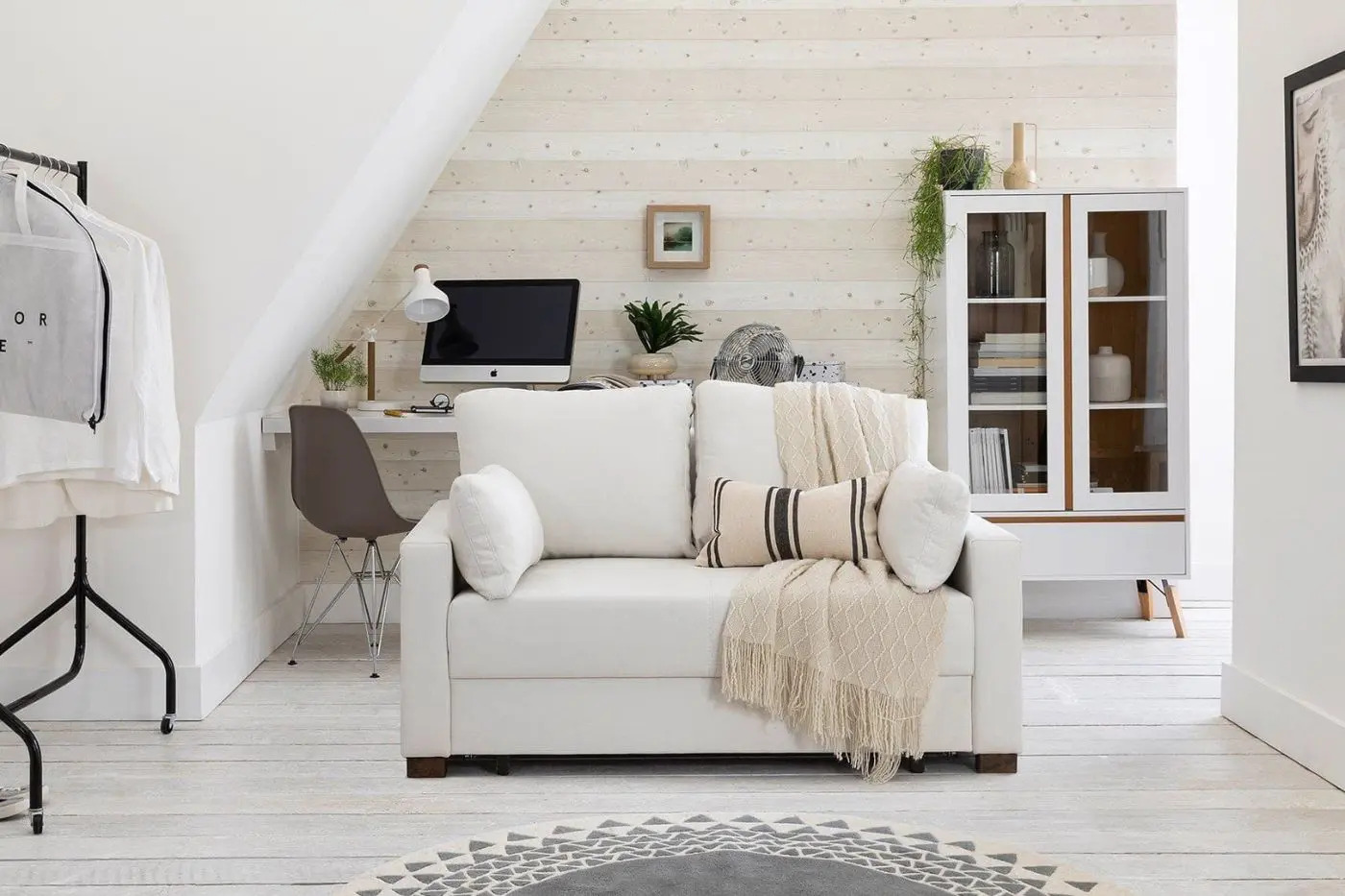
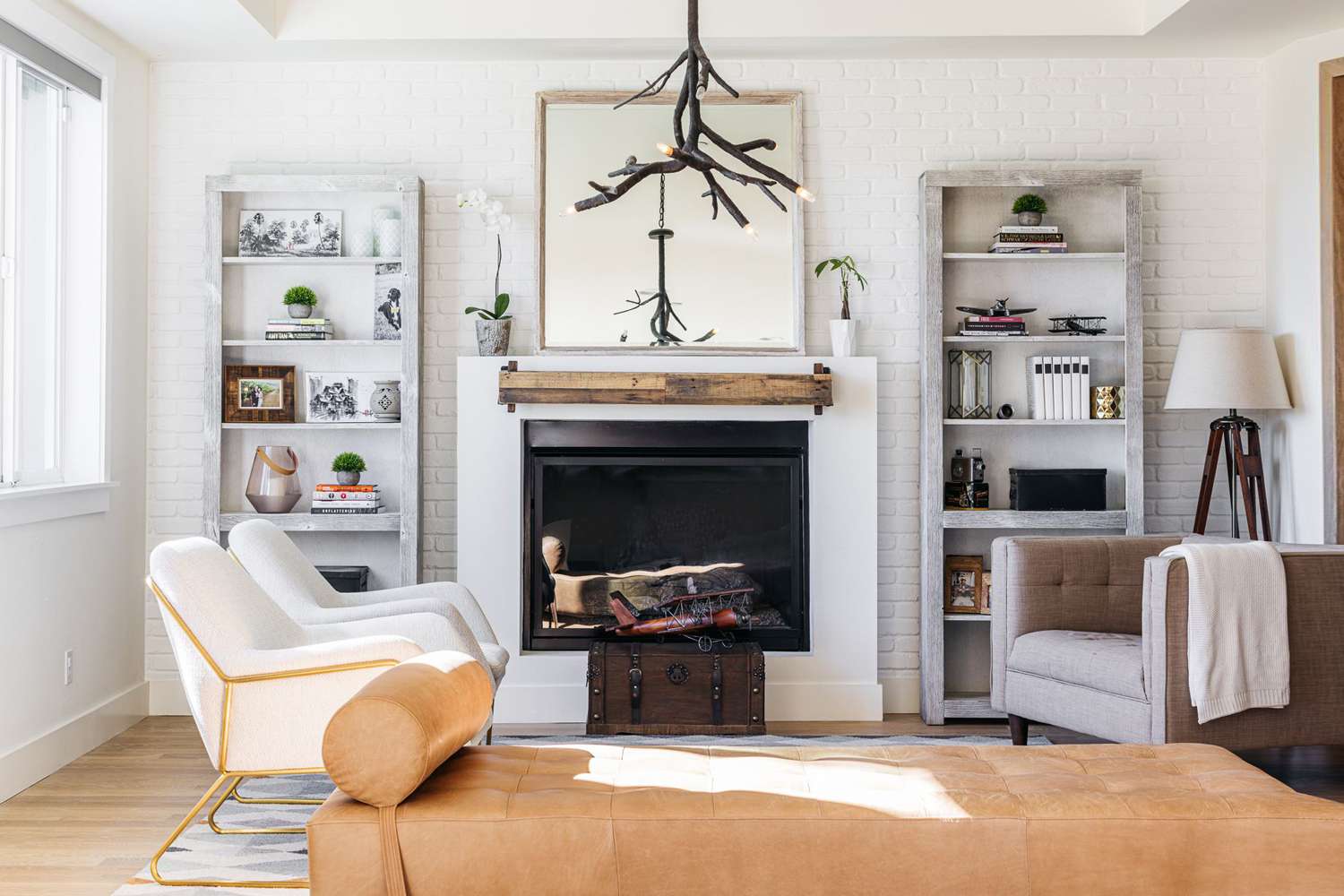
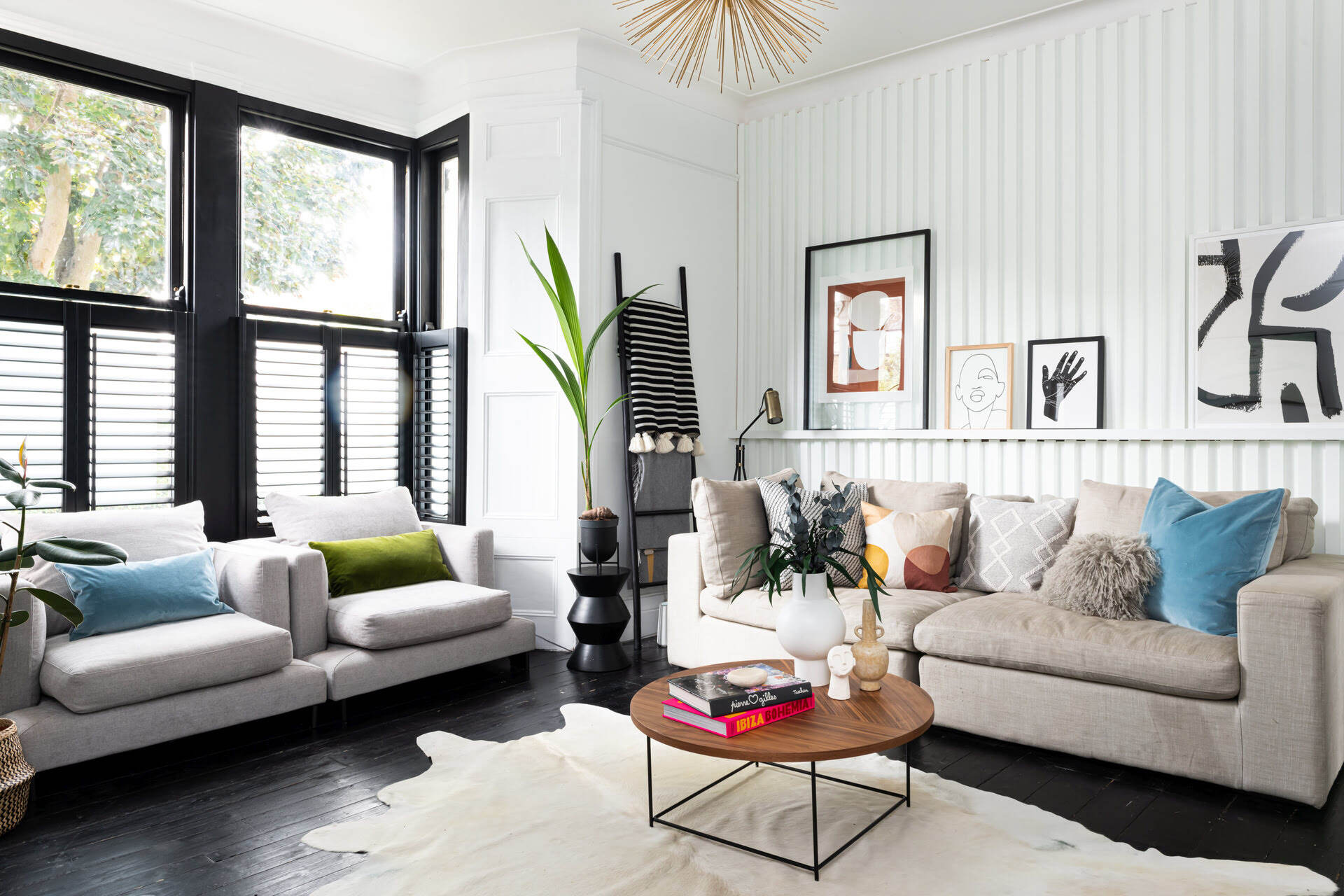
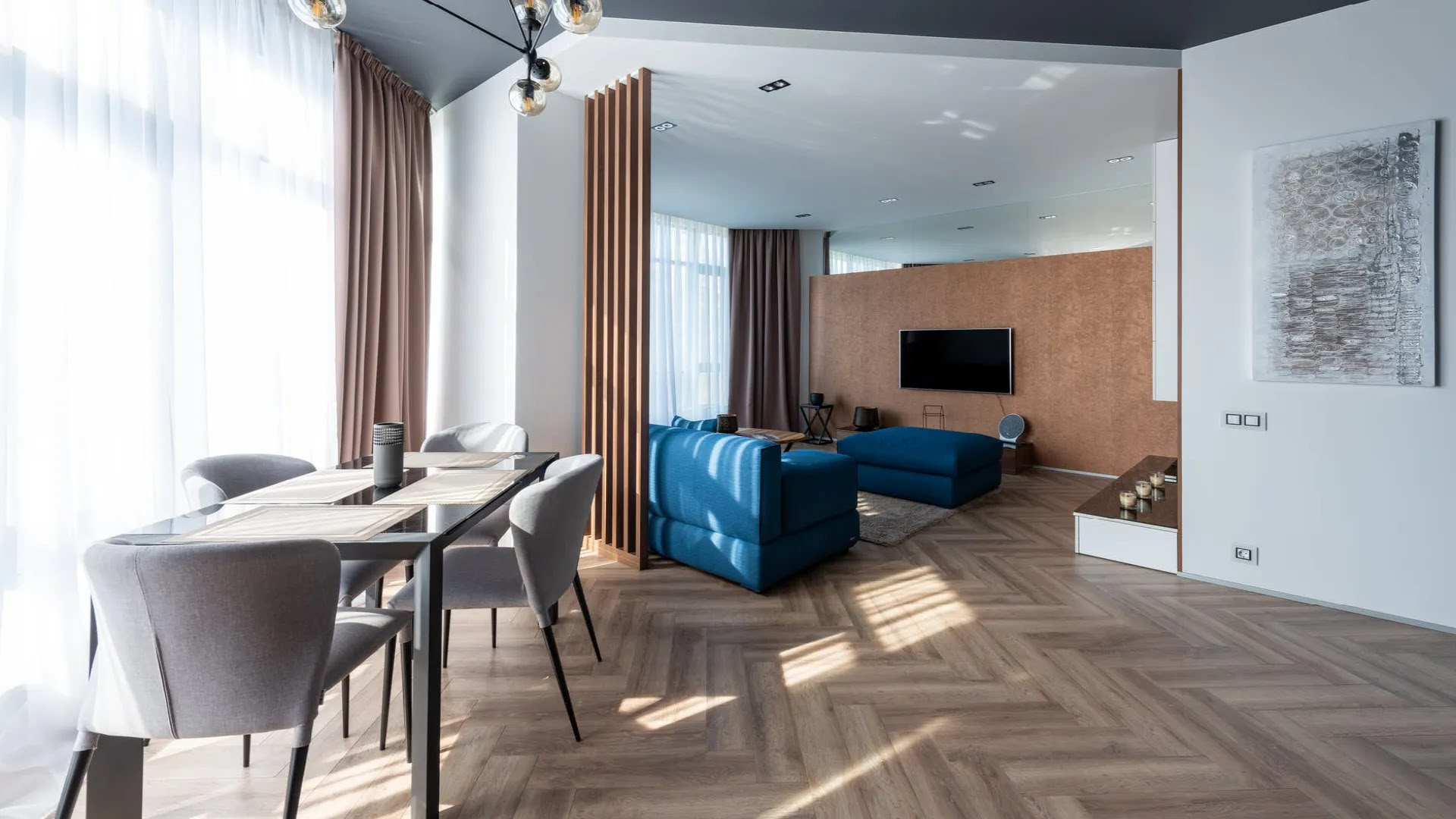
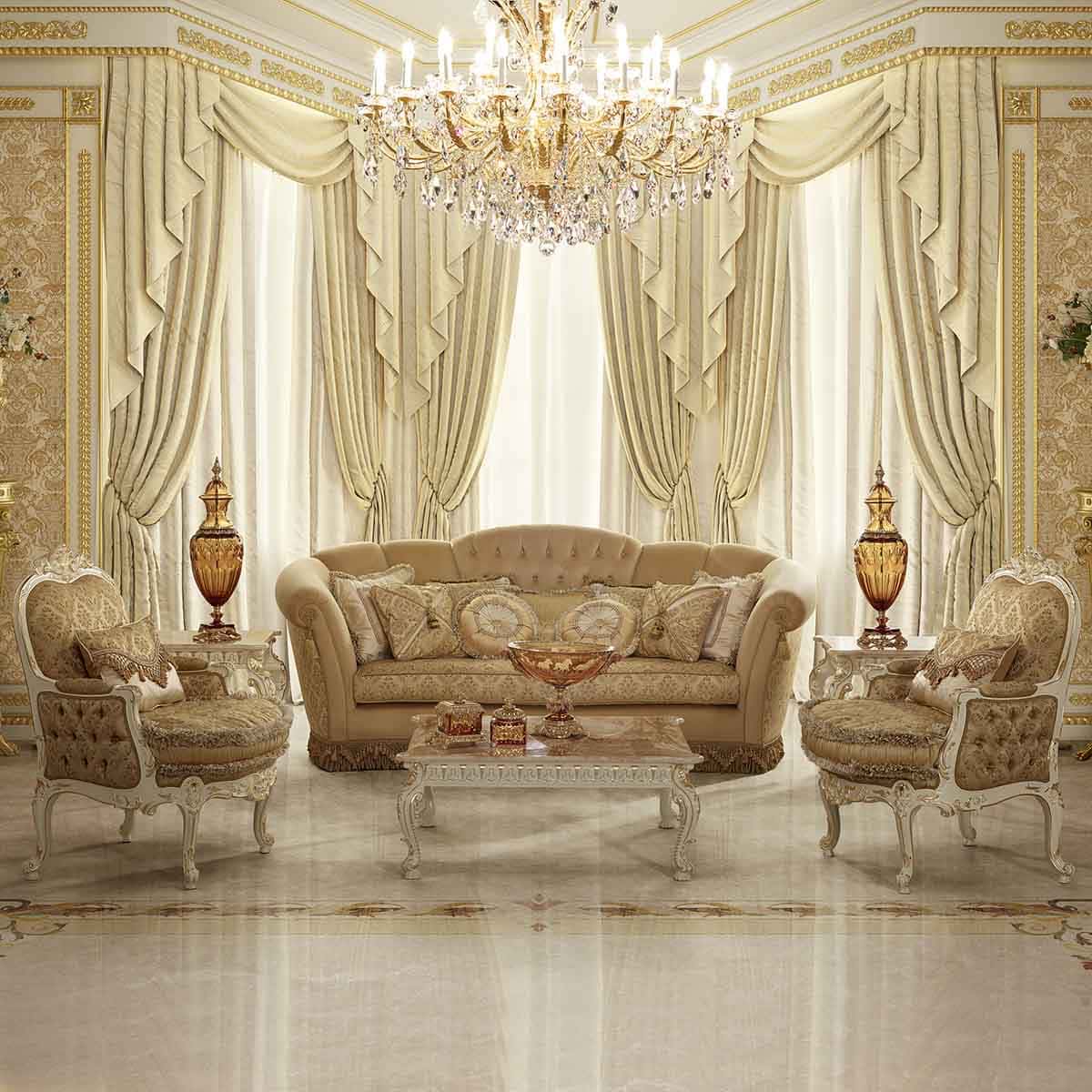
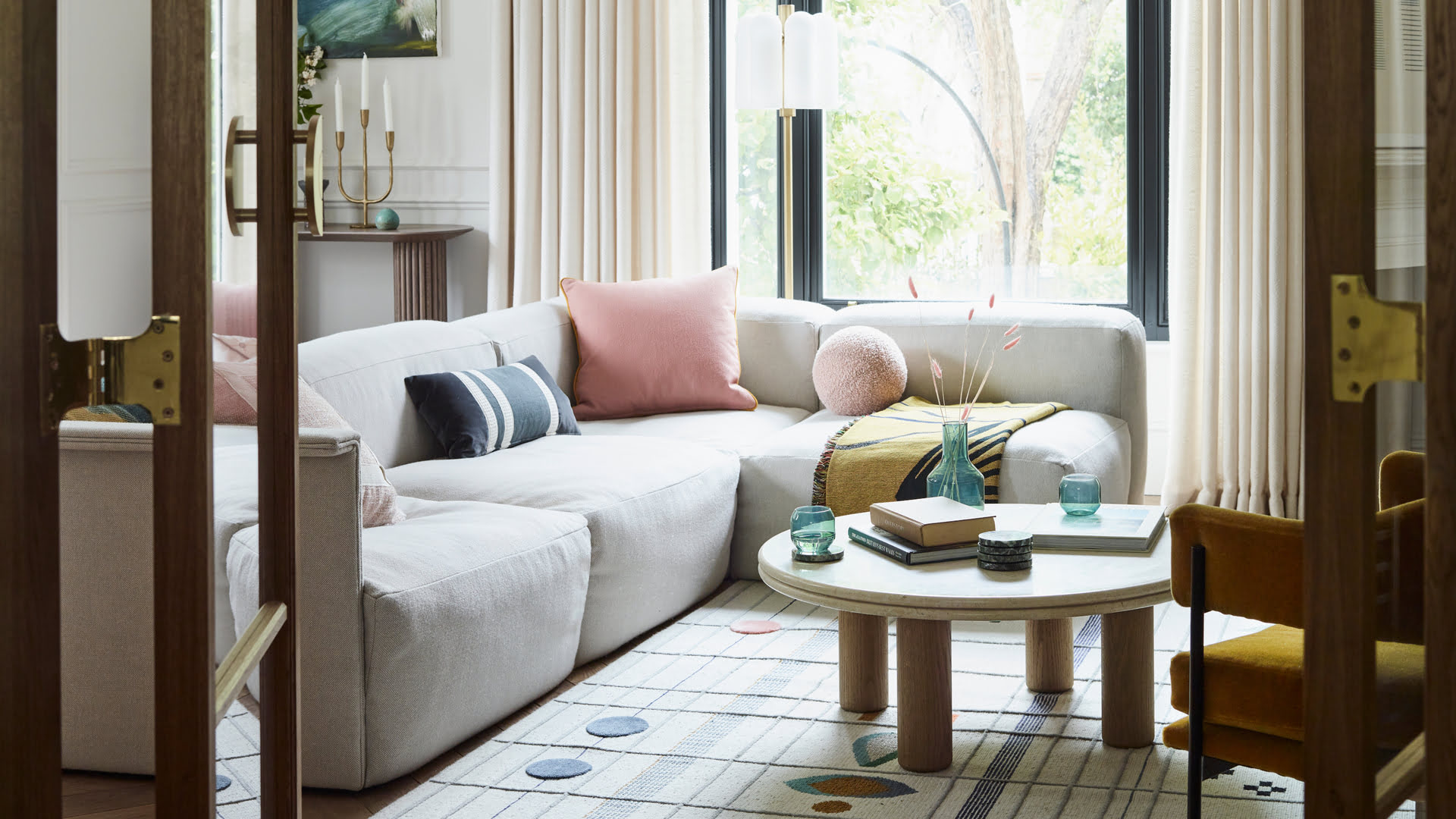
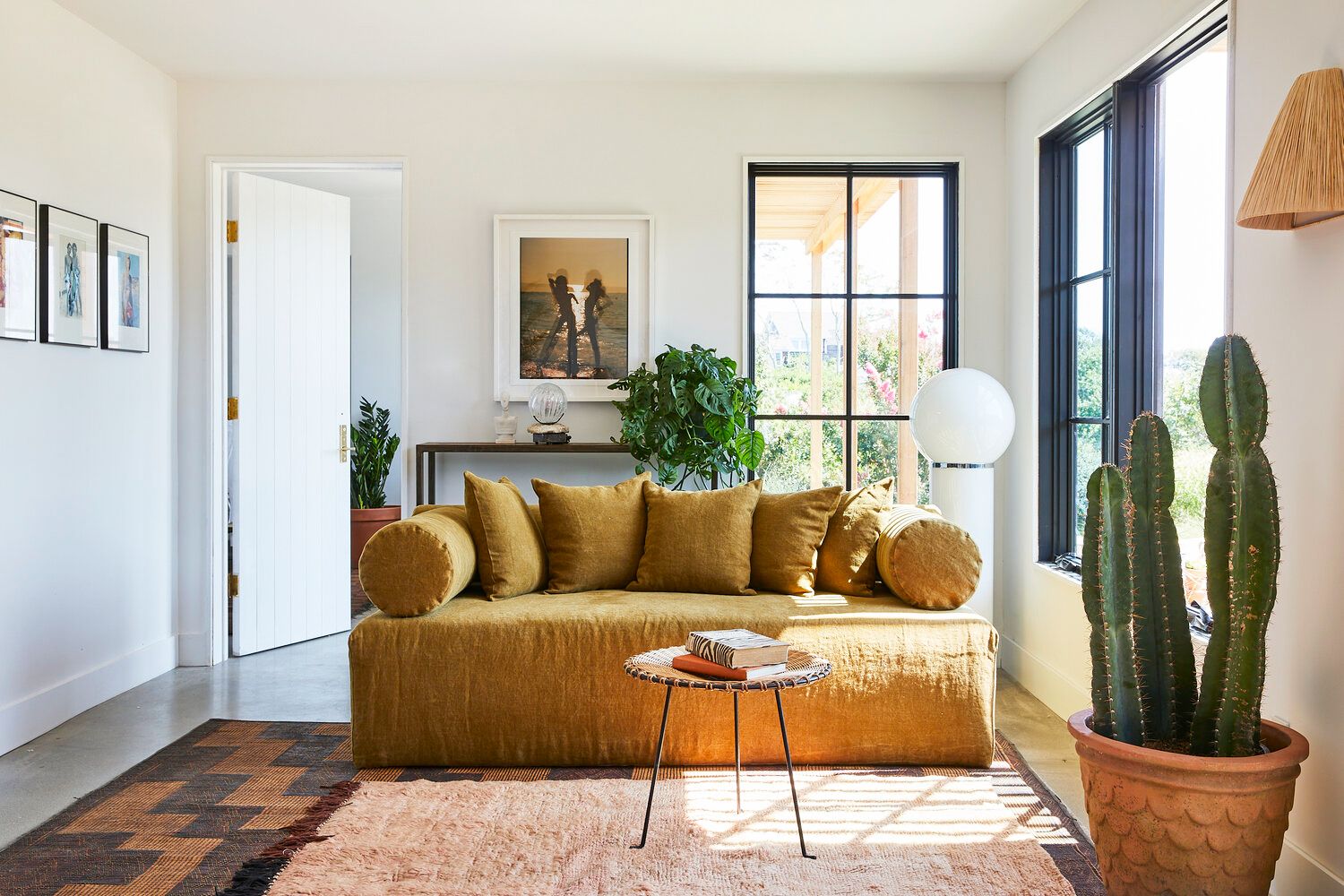
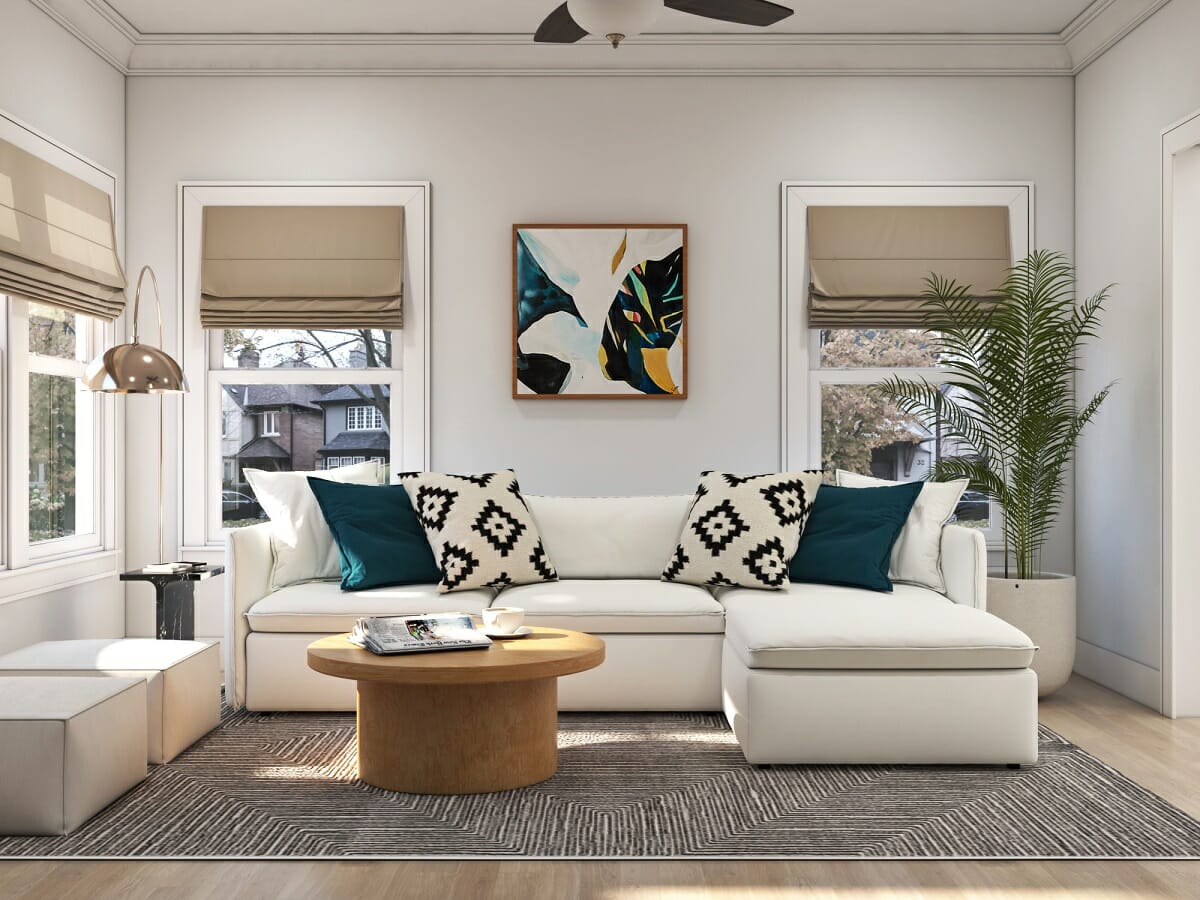
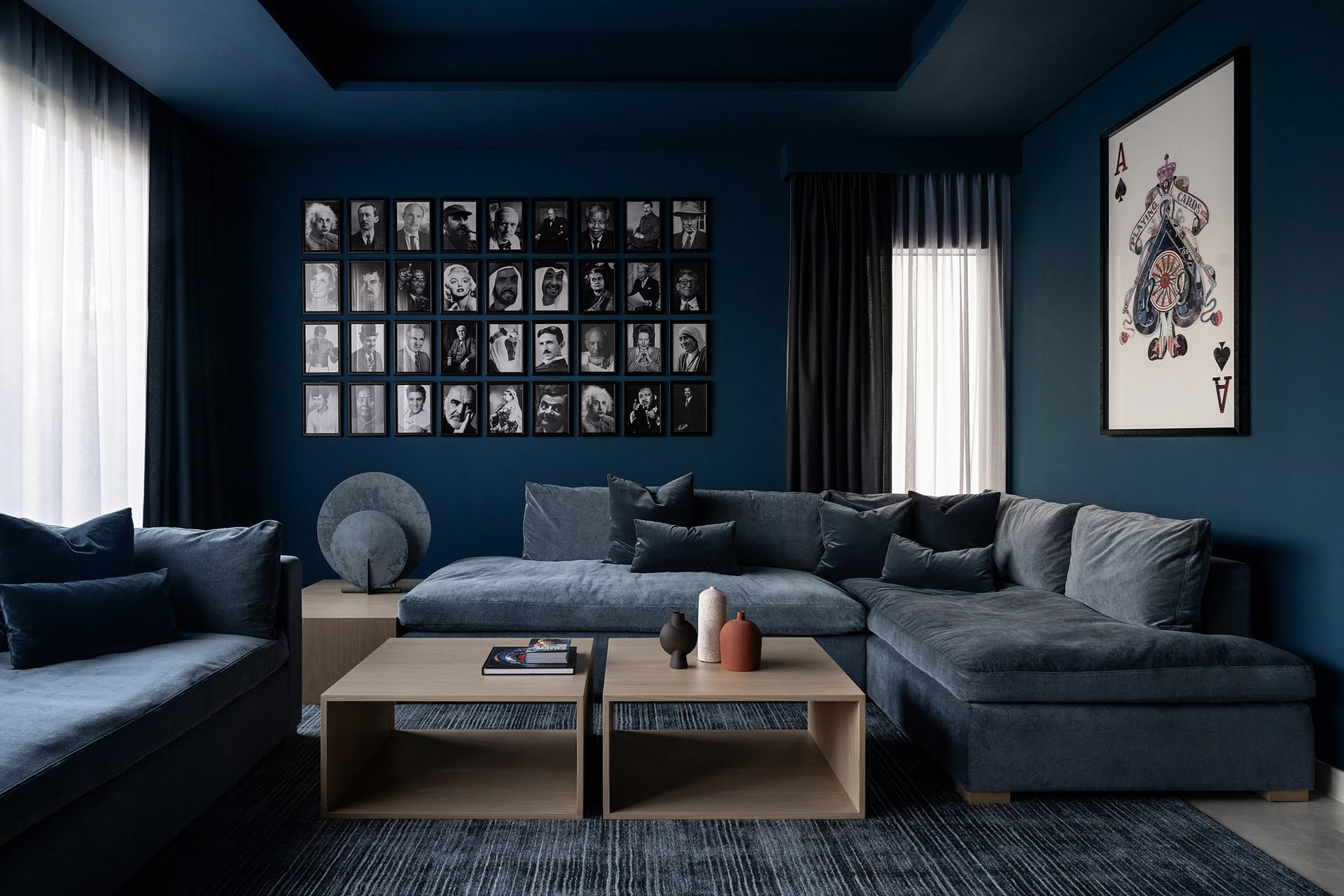
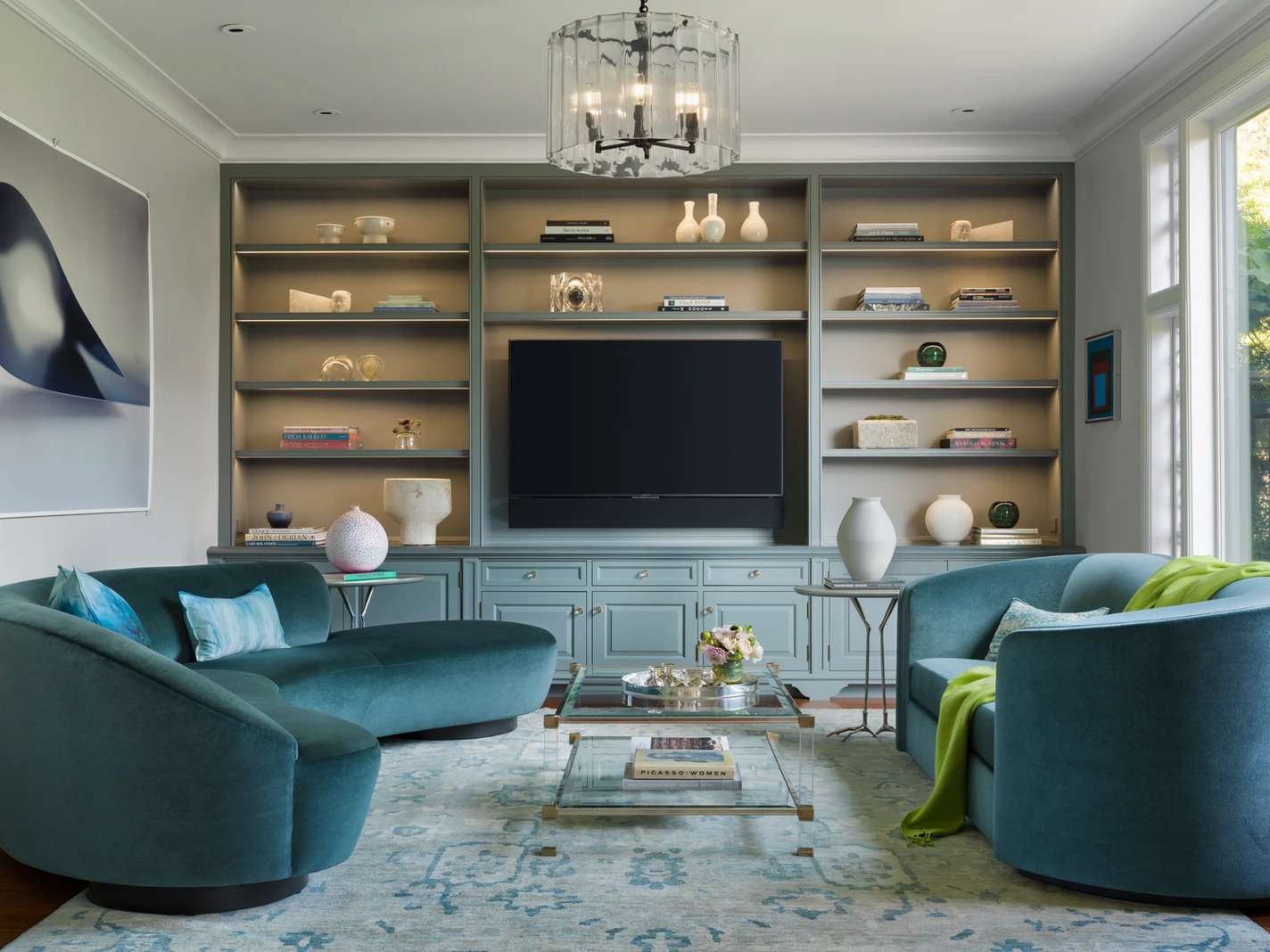
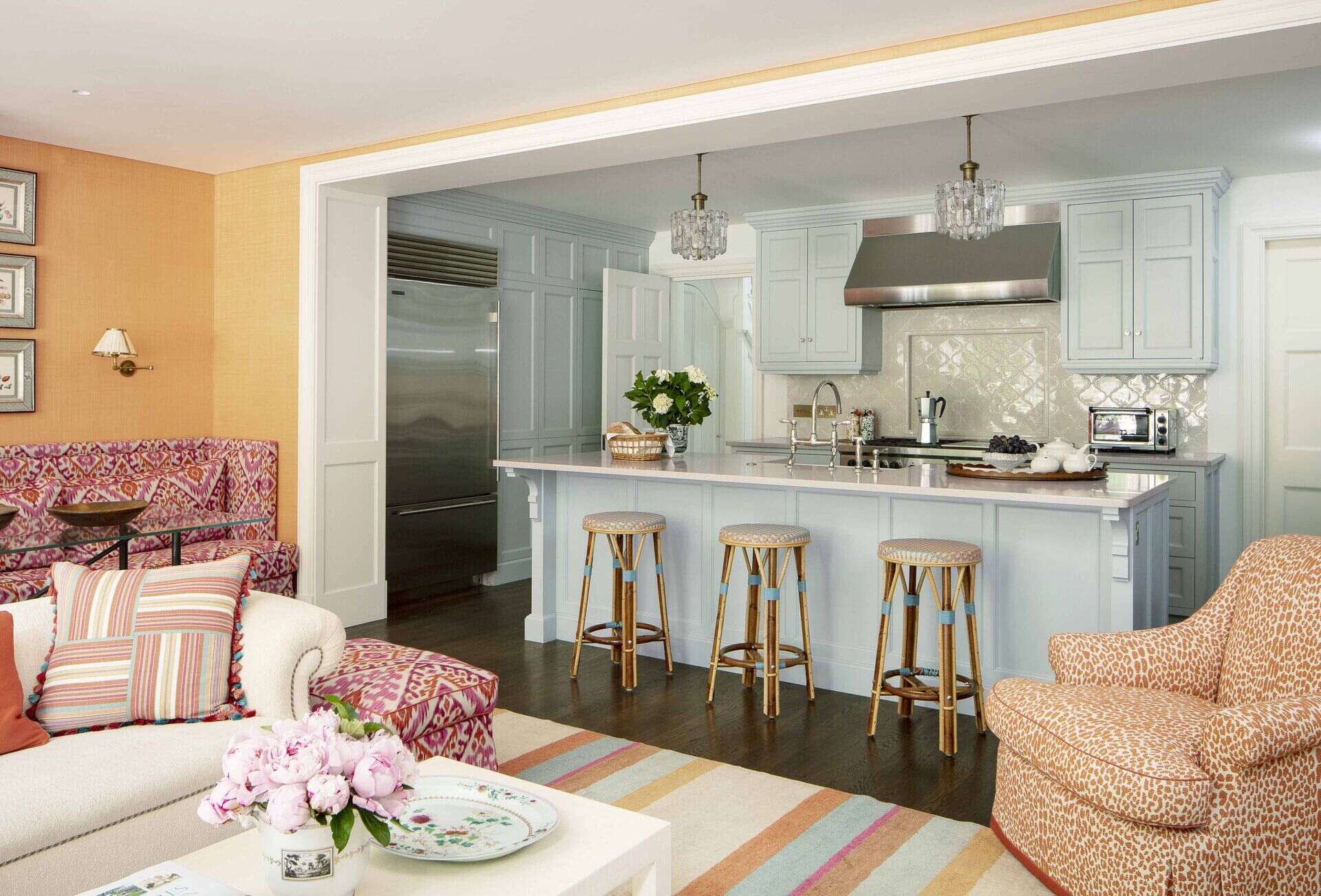
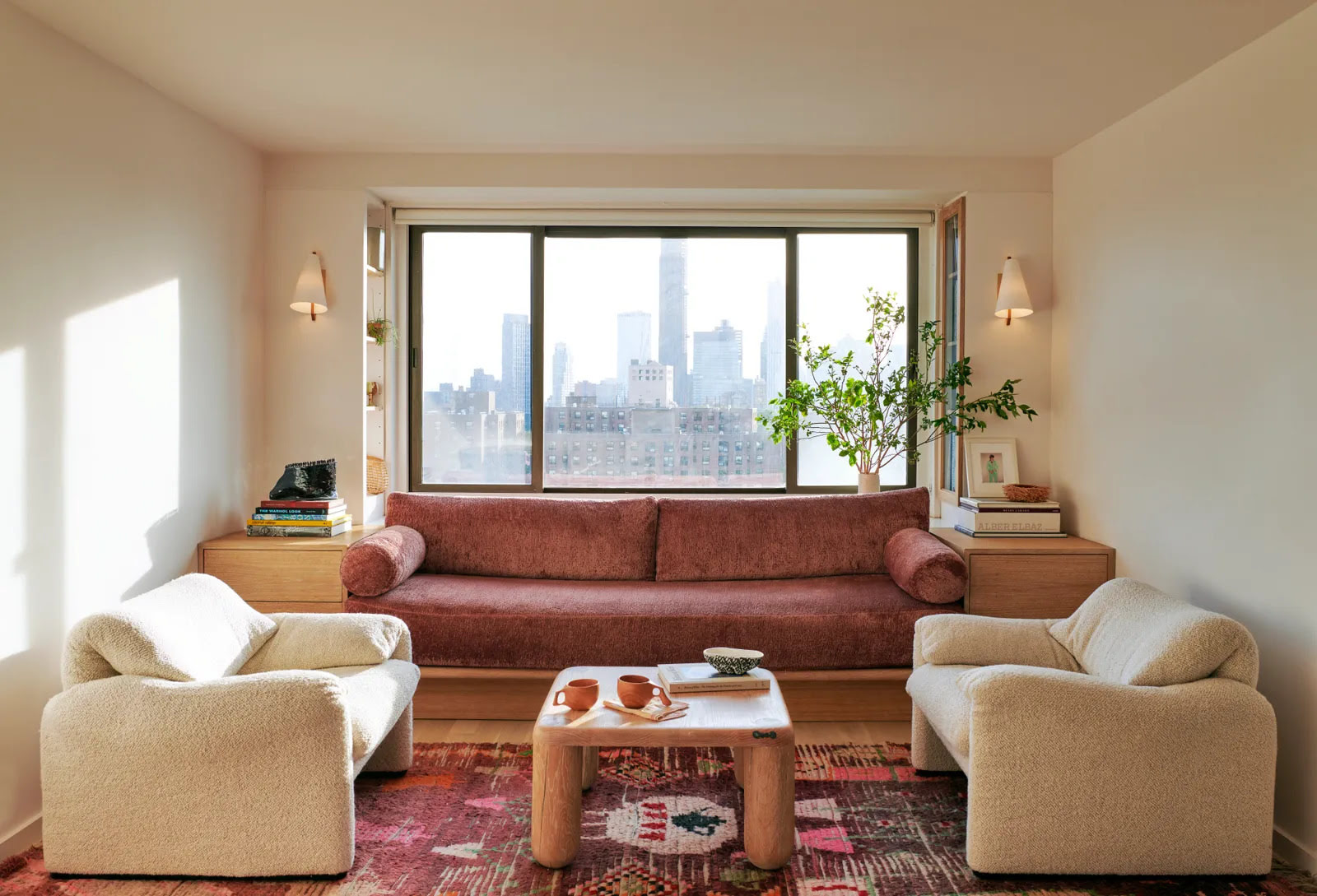
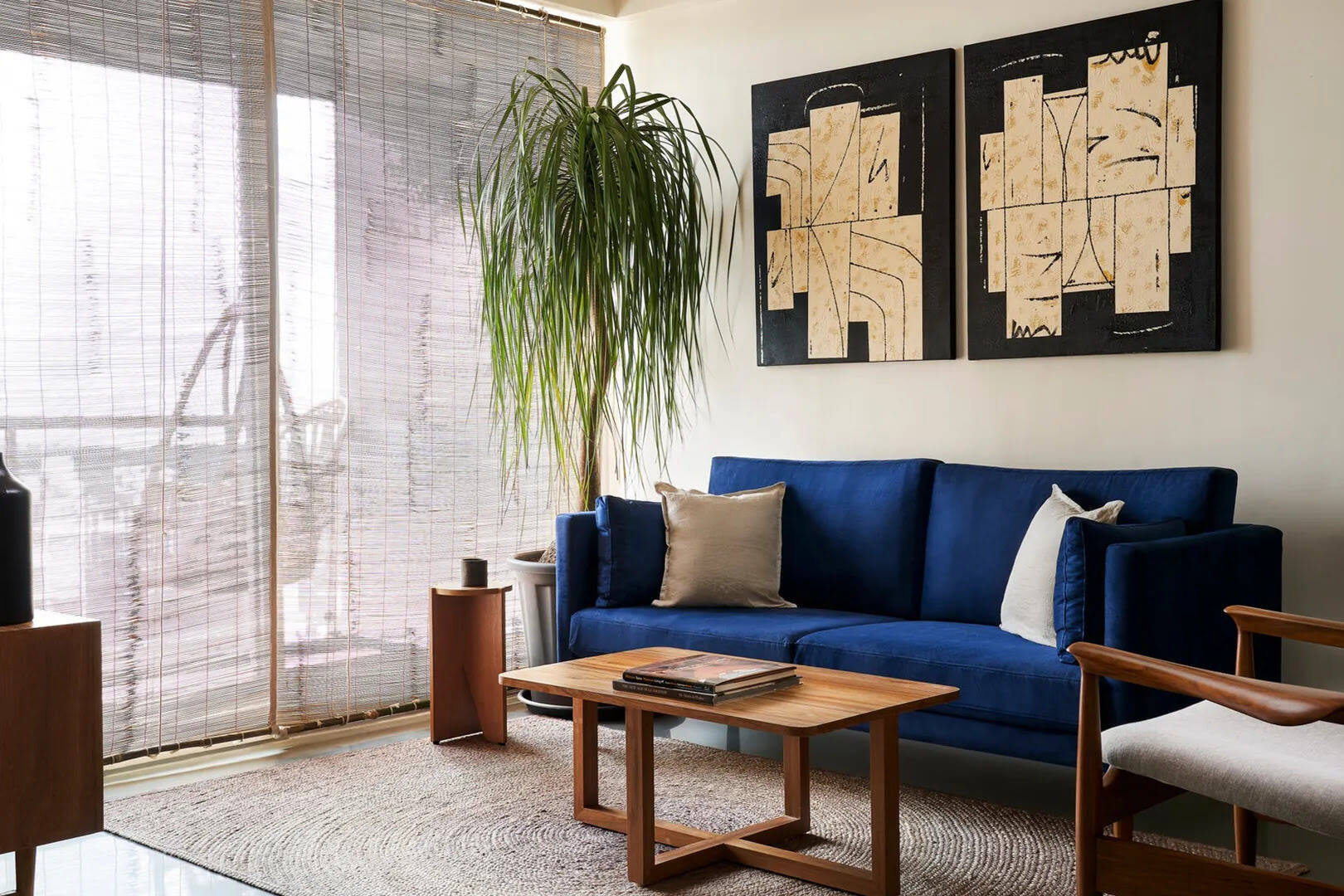

0 thoughts on “How To Style A Small Living Room: 8 Tips From The Best Designers”